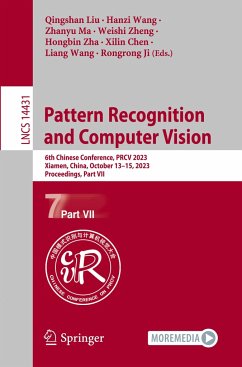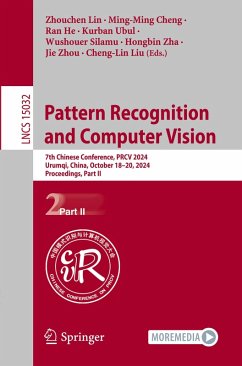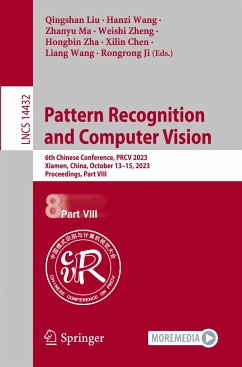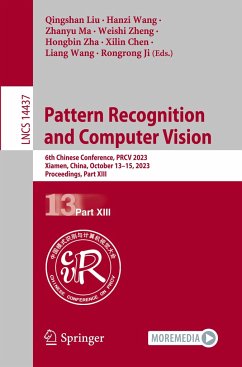
Advanced Palmprint Authentication

PAYBACK Punkte
77 °P sammeln!
This book presents a comprehensive exploration of palmprint recognition, synthesizing over a decade of research in contact-based, contactless, 3D, and multispectral systems. As one of the earliest approaches in biometrics, contact-based palmprint systems have evolved significantly, achieving greater portability and accuracy, even when handling large-scale datasets. In contrast, contactless systems, which allow users to position their palms near the camera without physical contact, offer a hygienic, user-friendly alternative that has quickly gained popularity in various applications. Additional...
This book presents a comprehensive exploration of palmprint recognition, synthesizing over a decade of research in contact-based, contactless, 3D, and multispectral systems. As one of the earliest approaches in biometrics, contact-based palmprint systems have evolved significantly, achieving greater portability and accuracy, even when handling large-scale datasets. In contrast, contactless systems, which allow users to position their palms near the camera without physical contact, offer a hygienic, user-friendly alternative that has quickly gained popularity in various applications. Additionally, the advancement of 3D palmprint recognition and the introduction of cutting-edge sensors, such as line-scan and multicamera systems, have further enhanced the accuracy and reliability of these systems.
This book is structured into 13 chapters, divided into three key sections. The first part delves into contact-based systems, emphasizing their growing efficiency and performancein both small devices and large-scale scenarios. The second part provides in-depth coverage of contactless systems, detailing essential processes like palmprint acquisition, ROI localization, feature extraction, and matching techniques. The third section examines the latest developments in multiple sensing systems, focusing on 3D and multispectral recognition.
Targeted at researchers and engineers in biometrics, particularly those specializing in palmprint recognition, this book offers valuable insights and practical algorithms for enhancing system performance. It is also an excellent resource for readers with a broader interest in biometric technologies, offering a rich understanding of the latest trends and innovations in the field.
This book is structured into 13 chapters, divided into three key sections. The first part delves into contact-based systems, emphasizing their growing efficiency and performancein both small devices and large-scale scenarios. The second part provides in-depth coverage of contactless systems, detailing essential processes like palmprint acquisition, ROI localization, feature extraction, and matching techniques. The third section examines the latest developments in multiple sensing systems, focusing on 3D and multispectral recognition.
Targeted at researchers and engineers in biometrics, particularly those specializing in palmprint recognition, this book offers valuable insights and practical algorithms for enhancing system performance. It is also an excellent resource for readers with a broader interest in biometric technologies, offering a rich understanding of the latest trends and innovations in the field.












